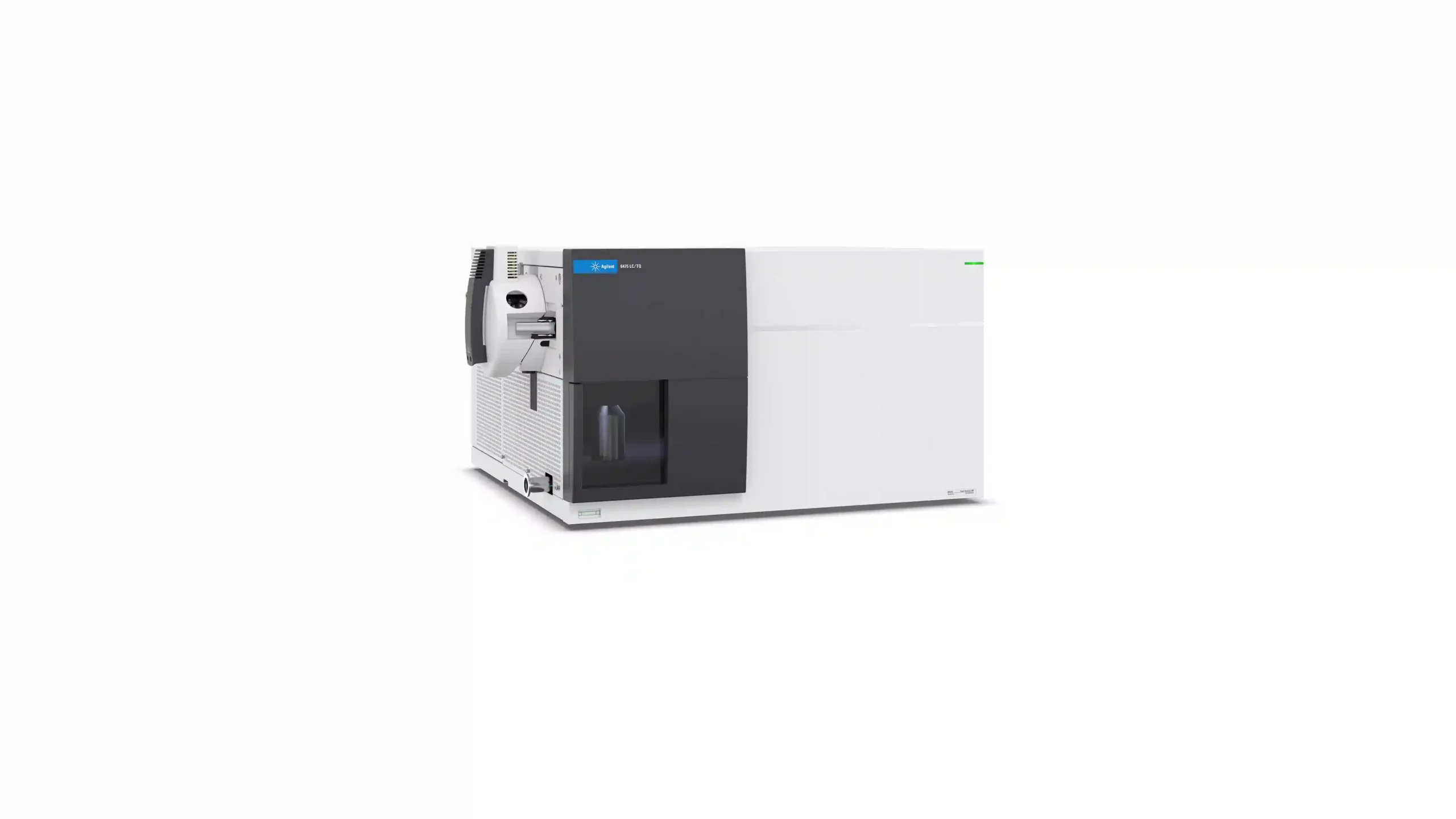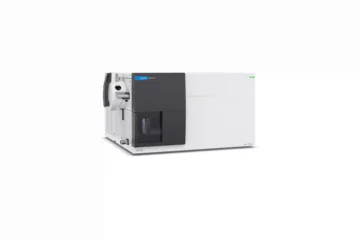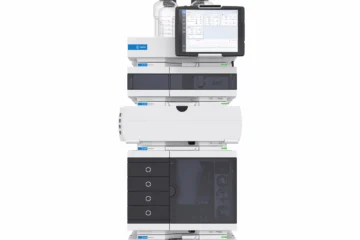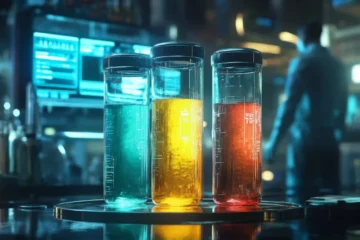In modern analytical chemistry, one of the most powerful techniques for analyzing complex mixtures of compounds is LCMS, which stands for Liquid Chromatography-Mass Spectrometry. This combined technique is widely used in fields such as pharmacology, environmental science, clinical diagnostics, food safety, and more.
Whether you are a student just starting to learn about analytical chemistry or an experienced researcher in a lab setting, understanding the basic principles of LCMS is crucial to mastering its application. In this article, we’ll break down how LCMS works, how the two technologies—liquid chromatography (LC) and mass spectrometry (MS)—combine to give you powerful insights, and why this technique is so useful in both research and practical applications.
What Is LCMS?
LCMS is a combination of two advanced techniques: Liquid Chromatography (LC) and Mass Spectrometry (MS). Each of these methods plays a distinct role in analyzing a sample:
- Liquid Chromatography (LC) separates the different components in a mixture based on their chemical properties, such as polarity or molecular size.
- Mass Spectrometry (MS) analyzes the separated compounds and identifies them based on their mass-to-charge ratio (m/z), providing detailed information about their molecular structure and composition.
The true power of LCMS lies in the integration of these two techniques, allowing for both the separation and identification of complex compounds in a sample.
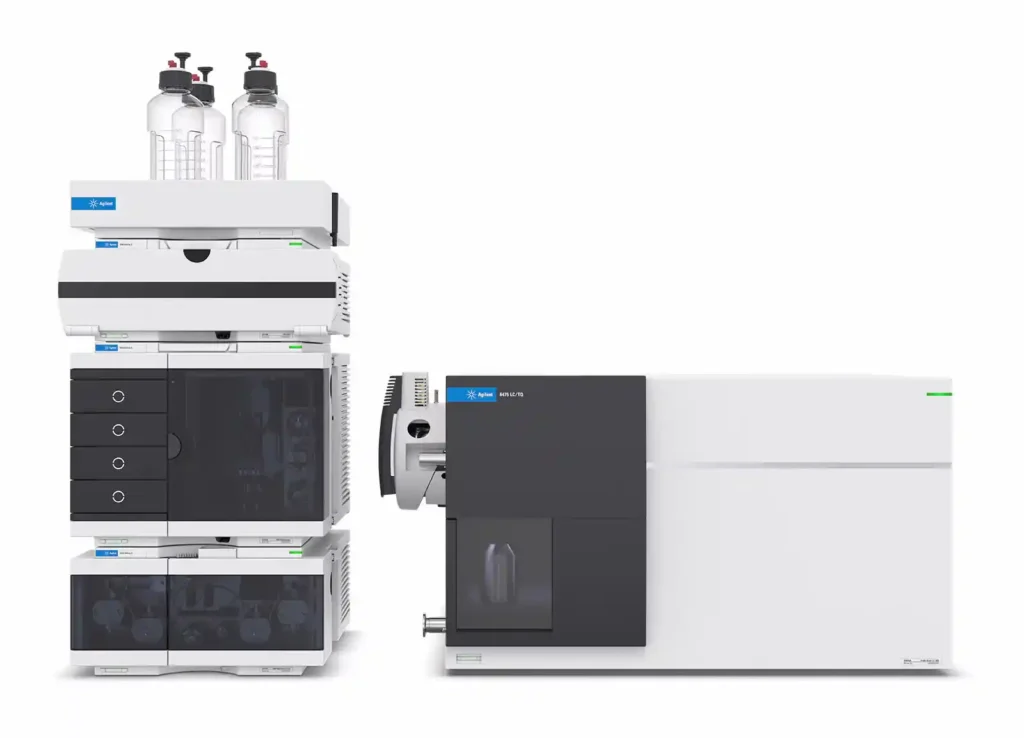
How Does Liquid Chromatography (LC) Work?
Before diving into the mass spectrometry part, it’s important to understand how Liquid Chromatography works because it’s the first step in the LCMS process.
The Basics of Chromatography
Chromatography is a technique used to separate different components in a mixture. In liquid chromatography, a sample is injected into a system that consists of a column and a mobile phase. The column contains a stationary phase, which is typically a solid or a highly porous material, that interacts differently with the compounds in the sample. The mobile phase, which is a liquid, carries the sample through the column.
As the sample passes through the column, different compounds in the mixture will interact with the stationary phase to different extents. Some compounds will be retained longer, while others will move through the column more quickly. The result is that the components are separated into individual peaks as they exit the column.
Types of Liquid Chromatography
There are several types of liquid chromatography, but the most common ones used in LCMS are:
- Reversed-phase chromatography: The stationary phase is non-polar (hydrophobic), and the mobile phase is polar. This is the most widely used form of chromatography.
- Normal-phase chromatography: The stationary phase is polar, and the mobile phase is non-polar.
Each of these methods is chosen based on the nature of the compounds being analyzed.
How Does Mass Spectrometry (MS) Work?
Once the compounds are separated by LC, the next step in the process is mass spectrometry. The role of MS is to identify and quantify the compounds based on their mass-to-charge (m/z) ratio.
The Ionization Process
For mass spectrometry to work, the compounds must be converted into ions (charged particles). The process of ionizing the molecules is crucial for their analysis.
In LCMS, this is typically done using an ionization technique such as:
- Electrospray Ionization (ESI): The sample is sprayed through a tiny nozzle where it is subjected to a high-voltage field that causes the molecules to become charged droplets. As these droplets evaporate, they leave behind charged ions.
- Matrix-Assisted Laser Desorption/Ionization (MALDI): A laser is used to ionize the molecules, which is commonly used for larger biomolecules like proteins.
These ions are then sent into the mass spectrometer for analysis.
The Mass Analyzer
Once ionized, the charged particles enter the mass analyzer, where they are separated according to their mass-to-charge ratio (m/z). There are different types of mass analyzers, including:
- Quadrupole: Uses electric fields to filter ions based on their m/z ratio.
- Time-of-Flight (TOF): Measures the time it takes for ions to travel a certain distance, with smaller ions traveling faster.
- Orbitrap: Uses a magnetic field to trap ions and measure their oscillation frequency.
Detection and Analysis
After separation, the ions reach the detector, which records the signals and sends the data to a computer for analysis. The result is a mass spectrum that plots the relative abundance of each ion versus its m/z ratio.
The mass spectrum provides crucial information about the molecular weight of the compounds, and it can also help identify the structure of unknown molecules. Peaks in the mass spectrum correspond to different ions, and by analyzing these peaks, researchers can determine the chemical composition of the sample.
How LCMS Works Together
The power of LCMS lies in its ability to combine chromatographic separation with precise molecular identification. Here’s how the two components work together:
- Sample Introduction: The sample is injected into the LC system.
- Chromatographic Separation: As the sample moves through the LC column, the compounds are separated based on their interaction with the stationary phase and the mobile phase.
- Ionization: Once the separated compounds exit the LC column, they are ionized in the mass spectrometer.
- Mass Analysis: The ions are analyzed based on their mass-to-charge ratio by the mass analyzer.
- Detection: The detector captures the data and produces a chromatogram and mass spectrum.
In this way, LCMS allows for both qualitative and quantitative analysis of complex mixtures.
Advantages of LCMS
The combination of LC and MS offers several advantages over traditional methods, including:
- High Sensitivity: LCMS can detect even trace amounts of substances, making it ideal for analyzing very low concentrations in complex samples.
- High Resolution: LCMS provides excellent resolution, meaning it can separate compounds that are very similar in chemical structure.
- Wide Range of Applications: LCMS can be used for everything from small molecule analysis to large biomolecules like proteins and peptides.
- Quantitative and Qualitative Analysis: LCMS can not only identify compounds but also quantify their concentrations in a sample.
Applications of LCMS
LCMS is widely used in many fields, including:
- Pharmaceuticals: To identify and quantify drugs, metabolites, and impurities during drug development and testing.
- Proteomics: To analyze proteins and peptides, study post-translational modifications, and identify biomarkers for diseases.
- Environmental Testing: For the detection of pollutants in water, air, or soil at trace levels.
- Food and Beverage: To test for contaminants, pesticides, or adulterants in food products.
- Clinical Diagnostics: In medical labs, LCMS is used for analyzing blood or urine samples to identify biomarkers for diseases like cancer, diabetes, and metabolic disorders.
Conclusion
LCMS is a powerful, versatile, and widely-used analytical technique that combines the best aspects of both liquid chromatography and mass spectrometry. By separating compounds and then identifying them based on their mass, LCMS enables precise analysis of complex mixtures, offering valuable insights into everything from pharmaceuticals to environmental pollutants.
For students and researchers, understanding the basic principles of LCMS is crucial to working with this technique and applying it to real-world problems. The separation power of LC combined with the detection sensitivity of MS opens up countless possibilities for scientific discovery and practical application.
If you’re new to LCMS, it might seem complex at first, but with a solid understanding of the principles behind each part of the system, it becomes much easier to grasp. As you continue to explore the world of chromatography and mass spectrometry, you’ll appreciate how these technologies have revolutionized research across many disciplines.

